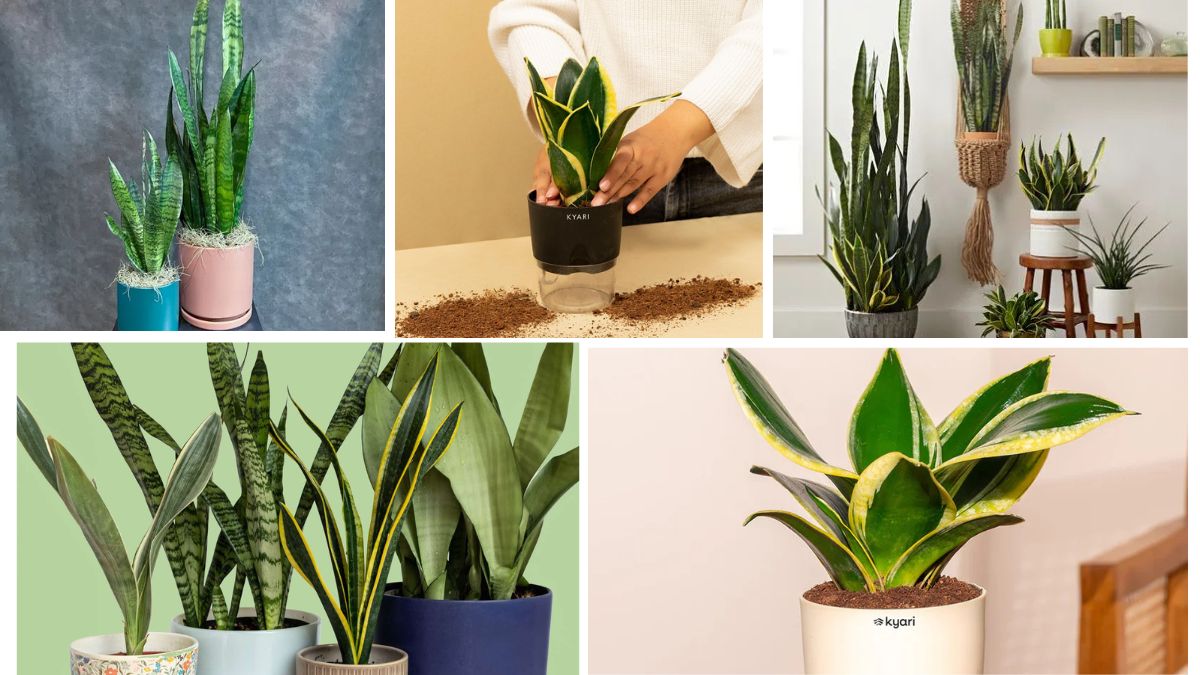The snake plant (Sansevieria, also known as Dracaena trifasciata) is a beloved houseplant admired for its upright, sword-like leaves and remarkable tolerance of neglect. It’s often recommended for beginners due to its resilience, but even hardy plants have limits. To ensure your snake plant thrives indoors, it’s important to avoid some common care mistakes that can lead to yellowing leaves, root rot, and even death.
In this guide, we’ll walk you through the most frequent snake plant care errors and offer clear solutions to help your plant flourish.
1. Overwatering the Plant
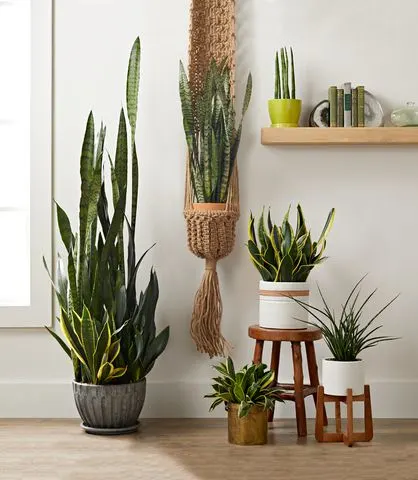
The Mistake:
One of the most common issues with snake plant care is overwatering. Unlike tropical plants, snake plants store water in their thick leaves and are prone to rot when they sit in soggy soil.
Why It’s a Problem:
Overwatering causes the roots to suffocate and rot. This leads to soft, mushy leaves, a foul smell from the soil, and yellowing foliage.
How to Avoid It:
- Allow the top 2–3 inches of soil to dry out completely between waterings.
- Water less frequently during colder months.
- Use a pot with drainage holes to prevent water accumulation.
- Stick to watering once every 2–4 weeks, depending on indoor humidity and light conditions.
2. Planting in the Wrong Soil
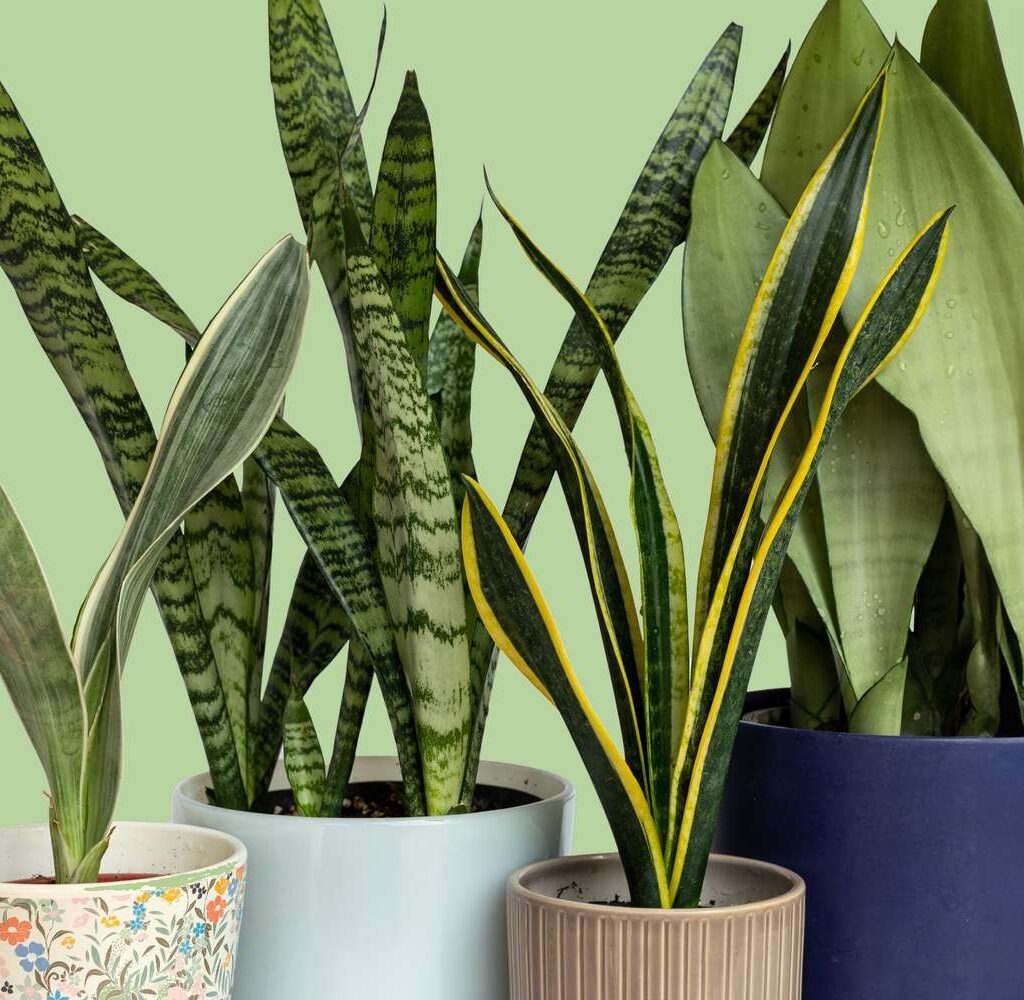
The Mistake:
Using standard potting soil that holds too much moisture can quickly lead to root rot.
Why It’s a Problem:
Snake plants prefer a fast-draining, gritty soil mix. Heavy soils retain water, increasing the risk of fungal infections and root damage.
How to Avoid It:
- Use a cactus or succulent mix, or create your own with equal parts potting soil, perlite, and coarse sand.
- Avoid using moisture-retentive soil or adding compost-heavy mixtures.
3. Incorrect Lighting Conditions
The Mistake:
Although snake plants are often described as “low-light” plants, many people interpret this as meaning “no-light.” Keeping them in completely dark rooms or poorly lit corners for extended periods is a mistake.
Why It’s a Problem:
While snake plants can tolerate low light, they grow best in bright, indirect light. In deep shade, growth slows dramatically, leaves become dull, and variegation fades.
How to Avoid It:
- Place your plant near a window with filtered sunlight.
- Rotate the plant weekly to encourage even growth.
- If natural light is limited, supplement with LED grow lights for a few hours daily.
4. Ignoring Drainage Needs
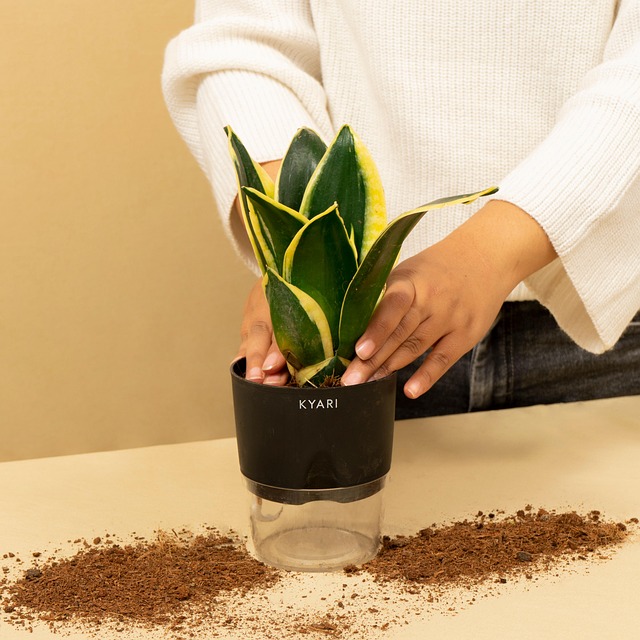
The Mistake:
Using pots without drainage holes is a recipe for disaster, especially for succulents like the snake plant.
Why It’s a Problem:
Excess water collects at the bottom of pots without drainage, leading to soggy roots and eventual rot.
How to Avoid It:
- Always use pots with drainage holes.
- Empty saucers under the pot if they collect standing water.
- Consider terracotta pots, which allow excess moisture to evaporate more easily.
5. Overfertilizing the Plant
The Mistake:
Thinking that feeding the plant more will lead to faster growth.
Why It’s a Problem:
Snake plants are light feeders and too much fertilizer can cause salt buildup in the soil, leaf burn, and stunted growth.
How to Avoid It:
- Fertilize only once a month during the growing season (spring and summer) using a diluted balanced houseplant fertilizer (half strength).
- Avoid feeding during fall and winter when the plant is dormant.
6. Not Cleaning the Leaves

The Mistake:
Neglecting to wipe off dust and grime from the snake plant’s stiff leaves.
Why It’s a Problem:
Dust buildup can block sunlight, reducing the plant’s ability to photosynthesize. It can also invite pests.
How to Avoid It:
- Gently wipe the leaves with a damp cloth every couple of weeks.
- Use a soft brush for narrow or hard-to-reach areas.
7. Wrong Pot Size or Repotting Too Often
The Mistake:
Repotting the plant too often or choosing a pot that’s too large.
Why It’s a Problem:
Snake plants like to be slightly root-bound. Oversized pots hold extra moisture, which increases the risk of root rot.
How to Avoid It:
- Repot only every 2–3 years, or when roots begin to escape the drainage holes.
- Choose a pot just one size larger than the current one.
- Repot in spring or early summer for best results.
8. Exposing to Cold Temperatures
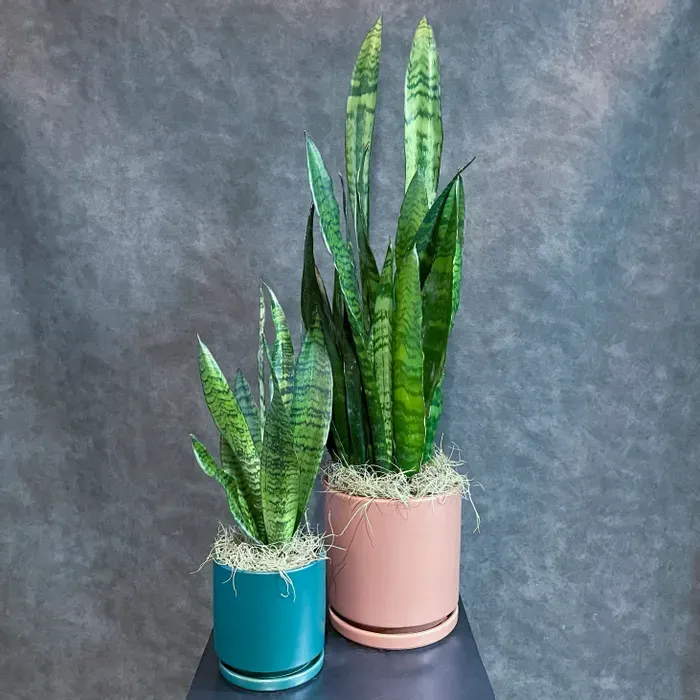
The Mistake:
Placing snake plants near drafty windows, air conditioners, or in cold rooms.
Why It’s a Problem:
Snake plants are tropical and do not tolerate cold well. Prolonged exposure to temperatures below 50°F (10°C) can cause leaf damage or plant death.
How to Avoid It:
- Keep the plant in a warm room with temperatures between 65°F to 85°F (18°C–29°C).
- Move the plant away from windows during winter nights.
- Avoid placing it directly in the path of heating or cooling vents.
9. Neglecting Pest Problems
The Mistake:
Assuming your snake plant is pest-proof and not checking regularly for infestations.
Why It’s a Problem:
Although hardy, snake plants can suffer from spider mites, mealybugs, and thrips, especially if stressed.
How to Avoid It:
- Inspect the plant weekly, especially the leaf base and undersides.
- If you notice sticky residue, cottony spots, or webbing, isolate the plant.
- Treat with insecticidal soap or neem oil and wipe down leaves.
10. Improper Propagation Practices
The Mistake:
Using unhealthy leaves or failing to let cuttings callus before planting.
Why It’s a Problem:
Propagation is a great way to multiply snake plants, but failure to follow the right method can result in rot or no root development.
How to Avoid It:
- Always use sterilized tools for cutting.
- Let leaf cuttings dry and callus for 1–2 days before planting in dry soil.
- Use well-draining soil and keep cuttings in a warm, bright area (indirect light).
Final Thoughts
Snake plants are incredibly forgiving, but they do require some basic care to reach their full potential. By avoiding these common mistakes—overwatering, poor lighting, inadequate drainage, and more—you can enjoy a thriving, low-maintenance indoor plant that not only purifies your air but adds a touch of architectural beauty to your space.
Remember, successful plant parenting starts with observation. Check in on your snake plant regularly and adjust your care routine as needed. With the right attention and environment, your snake plant will reward you with years of vibrant, effortless greenery.
